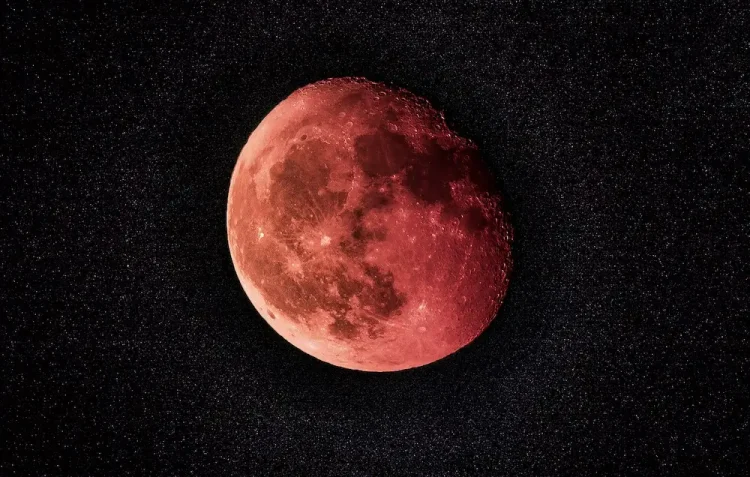India has unveiled a groundbreaking plan to build its own space station by 2035 and to conduct a manned mission to the Moon by 2040. This announcement marks a significant milestone in India’s rapidly advancing space program, which has garnered international attention for its innovative and successful missions.
A Leap in Space Exploration
In recent years, India’s space program has made remarkable progress. In August, India achieved a historic feat by becoming the first country to successfully land a spacecraft near the Moon’s south pole. This mission, hailed as a monumental achievement, demonstrated India’s growing prowess in space exploration. Just a month later, in September, India launched a probe to study the Sun, further showcasing its expanding capabilities in space science.
Entering New Territory: Human Spaceflights
While India has made significant strides in robotic space missions, human spaceflights represent a new and ambitious frontier for the country. The upcoming Gaganyaan mission is set to be a historic milestone as it will mark the first time India sends astronauts into space using its own capabilities. This mission is a testament to India’s dedication to advancing its space program and achieving self-reliance in space exploration.
To prepare for this groundbreaking mission, India is undertaking extensive preparations, including the development and testing of vehicles that will support human crews. The Gaganyaan mission aims to launch its first manned flight by 2025, setting the stage for future missions and the ultimate goal of sending humans to the Moon.
Strategic Vision and Preparations
Under the leadership of Indian Prime Minister Narendra Modi, the country’s space agency has laid out a comprehensive plan to achieve these ambitious goals. At a recent meeting, the agency presented its roadmap, which includes around 20 tests in preparation for sending astronauts into space. These tests will ensure the safety and reliability of the spacecraft and support systems, paving the way for successful human spaceflights.
To facilitate these missions, India is constructing a new launch pad and developing a next-generation launch vehicle. These advancements are crucial to achieving the country’s ambitious goals and establishing itself as a major player in the global space arena.
Beyond the Moon: Interplanetary Missions
India’s vision for its space program extends beyond the Moon. The country is also setting its sights on interplanetary missions, with plans to develop orbiters for Venus and landers for Mars. These missions aim to expand our understanding of the solar system and reinforce India’s position as a leader in space exploration.
Building the Bharatiya Antariksha Station
One of the cornerstone projects in India’s space strategy is the establishment of the Bharatiya Antariksha station, or the Indian space station, by 2035. This space station will serve as a hub for scientific research and experimentation in space, providing a platform for Indian astronauts to conduct long-term missions and contribute to global space science.
Conclusion
India’s ambitious space plans reflect its commitment to pushing the boundaries of space exploration and achieving self-reliance in this critical field. With a strategic vision and robust preparations, India is poised to make significant contributions to human spaceflight and interplanetary exploration. As the country embarks on these exciting ventures, the world will be watching closely, eager to witness the next chapter in India’s remarkable journey into space.









